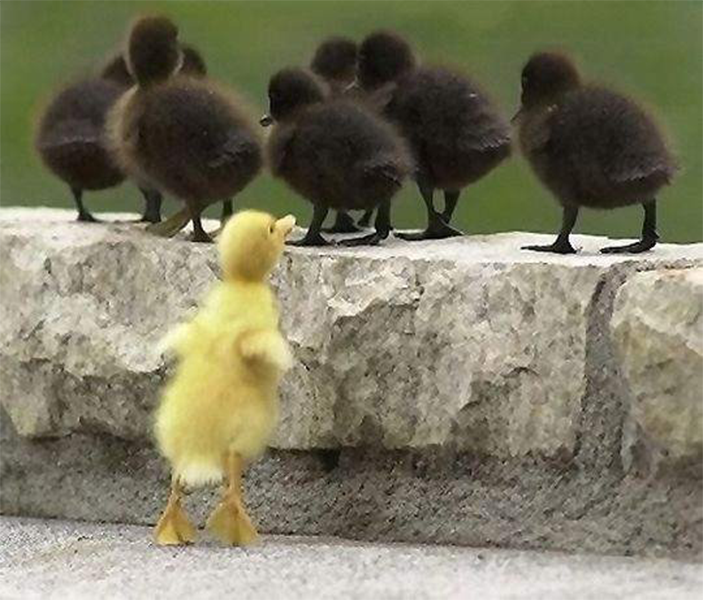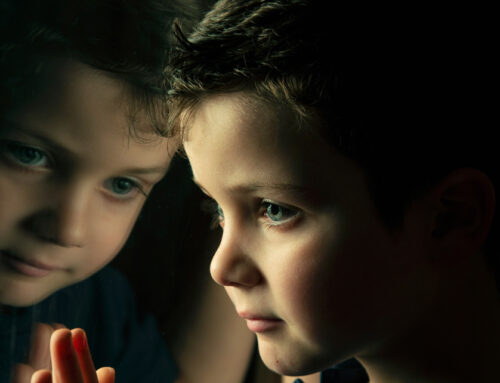The desire for humans to belong is said to be such a fundamental human motivation that there are severe emotional consequences of not belonging (Baumeister and Leary 1995). The need to belong is a basic human need, something we need for survival as much as food, warmth and shelter. If our basic needs are threatened we react with the biological systems of fight, flight and playing dead. This applies to belonging and our need to protect it as much as our other basic needs, and our physiological responses are accompanied by the emotional responses of anger (fight), anxiety (flight) and depression (playing dead).
‘Belonging’ means that we feel that we play an active part in the communities we encounter; our families, our schools and our workplaces. Playing an active part in our communities means feeling that we are of value to community and have self-worth.
When we sense a threat to our belonging or self-worth, we respond biologically. Whether we respond with anger, anxiety or depression depends on many things but we experience at least one of those feelings. These feelings are there to force us into action, so we feel compelled to get rid of the feelings through attacking (if angry), running away or withdrawing (if experiencing anxiety) or shutting down emotions (if playing dead).
However, we also know that there are long-term consequences to short-term behaviours, both generally and in protecting our belonging and self-worth, so we can choose to rationalise these feelings. When children have these strong feelings they are less able to rationalise them or see the long-term consequences of their actions.
High learning potential children often suffer from a lack of understanding for them and their situation. A high learning potential child who is misunderstood by parents, teachers or peers is likely to feel as if they don’t belong and their self-worth will be challenged. This will be a threat to their basic need and they will experience anger, anxiety or depression. These feelings may, if they cannot yet rationalise them, result in inappropriate behaviour attempting to protect this need.
When teachers don’t get the measure of high learning potential children, when the tendency towards rules and justice is cast aside, when actions are misunderstood, high learning potential children’s sense of belonging and self-worth are threatened.
When high learning potential children don’t have access to the appropriate level of challenge, when they are routinely made to sit through basic work they already know, when the questions they ask to further their understanding are brushed aside, high learning potential children’s sense of belonging and self-worth is threatened.
When parents misunderstand high learning potential children’s sensory signals, when they aren’t consistent or fair in their discipline, when they hold their children back from accessing the learning they need, high learning potential children’s sense of belonging and self-worth is threatened.
When high learning potential children’s peers don’t accommodate their differences, when they leave them out of games or taunt and tease them, high learning potential children’s sense of belonging and self-worth is threatened.
These examples show that damage to many high learning potential children’s sense of belonging and self-worth happens frequently. Parents, teachers and other professionals need to make sure that environments are best-placed to avoid threats to their sense of belonging and self-worth by:
- Ensuring high learning potential children’s individual needs are recognised and communicated
- Recognising and supporting the individual characteristics of high learning potential children
- Making sure discipline is fair, consistent and with precedent (part of the school/home rules)
- Understanding that strong emotions sometimes lead to strong actions
- Providing the appropriate level of challenge so high learning potential children can build learning skills and resilience
- Ensuring the environments high learning potential children are in are accepting of differences
- Helping high learning potential children to build friendships and tackling any bullying behaviour.






